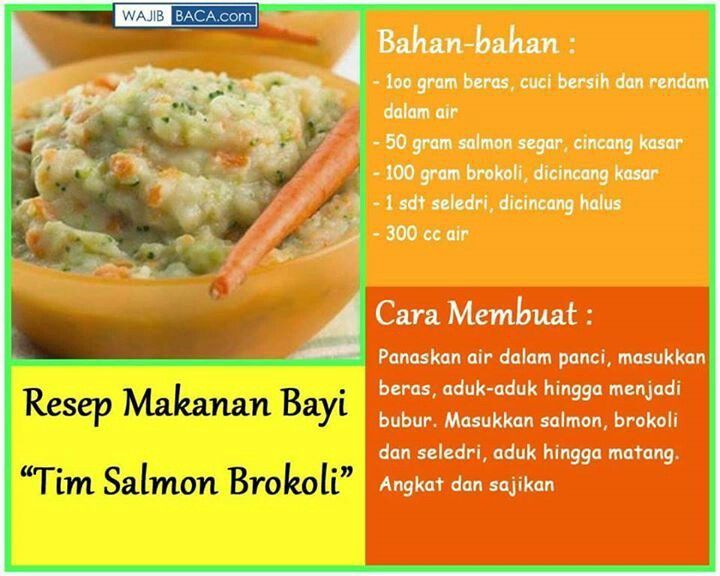Soybean baby food
How To Introduce Soy To Your Baby - An Allergen Introduction Guide
Home / Food Allergy Blog
Previous / Next
A regular ingredient in infant formula and other processed foods, soy allergies affect less than 1% of young children, but are still considered to be one of the most common allergies in children under three.
Though soy allergies are frequently resolved in childhood, with one study showing that up to 70% of children with a soy allergy will outgrow this allergy by age 10, some individuals will remain allergic to soy throughout their lives.
Made from soybean, soy products are members of the legume family, like peanuts. However, being allergic to soy does not give you a greater risk of being allergic to other legumes.
When to Introduce Soy to BabyThe 2020 USDA Dietary Guidelines suggest that, along with most allergenic foods, soy proteins should be introduced to children with solids around 4-6 months of age. However, similarly to cow’s milk, they caution against offering soy milk as a beverage until your child is 12 months old.
With landmark clinical studies like the EAT study, data suggests that when introduced early, starting around 4-6 months, there could be less chance of developing a food allergy.
How to Introduce Soy to BabyThough we know soy can be found in infant formula and products such as tofu, edamame, and soy sauce, there are also many hidden sources of soy. It can be found in natural flavoring used for baked goods like cookies and crackers. It can also be found in meat substitutes and as an additive ingredient in processed and canned meats.
Soy milk should not be used as a substitute for formula or breastmilk, but the allergenic protein can be introduced alongside other solids when your baby reaches 4-6 months of age.
A great source of protein and iron, soy is an important food for your baby to try when offered properly. Here are a few tips on how to offer your baby this potentially allergenic food.
From 4-12 Months
- Plain Tofu -
An easy way to introduce your baby to the soy protein, plain firm tofu can be cut into small strips and eaten as finger food as your little one starts solids. Silken or soft styles of tofu can also be added to other dishes or purees. Safe to eat raw in the block format you find in the grocery store, tofu has significant amounts of protein and iron in a condensed form.
12+ Months
It is important to maintain allergy introduction beyond the first year of life. And if you haven’t started yet, while the recommendation is to start allergen introduction between 4-6 months, it is never too late. Here are our favorite ways for maintaining soy introduction beyond the first year of life.
- Incorporate Soy Milk Into Existing Diet-
You can also sneak soy milk into your child’s everyday foods, like pouring some over their cereal, mixing into oatmeal, blending in a smoothie, or adding to soups, mashed potatoes, or mac and cheese.
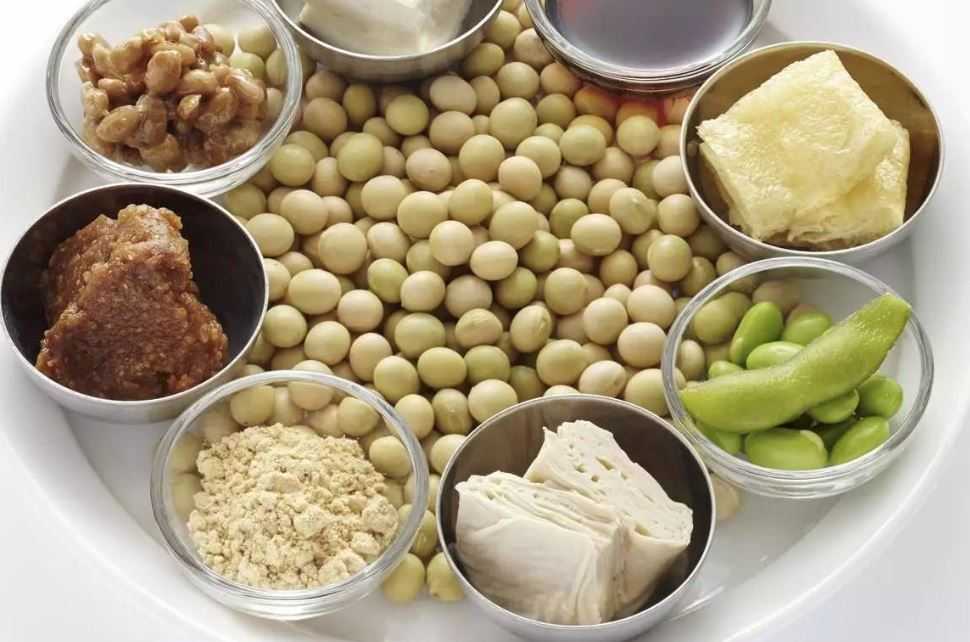
- Introduce Soy Milk as a Beverage -
Like any other food, soy milk may not be accepted by your child right away. To help with the transition, you can try mixing it into more familiar milk, like breastmilk or formula, and let them drink from a bottle, sippy cup, or regular cup.
Feeding Babies Soy | Learn about Baby Soy Allergy, Soy Protein Allergy, and when to give baby soy products such as tofu and edamame
| Soy is a very confusing food item when it comes to using it as a baby food. While we know that soy is a top allergen, we also know of conflicting information about the benefits and negatives of eating or drinking soy products. One of the biggest sources of confusion is why soy is made into baby formula If Soy is an allergen, why is there Infant Formula that is made out of Soy?There are some infants who are formula fed that simply cannot tolerate the milk proteins and/or lactose found in commercial infant formulas. What is soy and when can baby eat soy??Soy is from soybeans and many different soy products are made from the soybean. Soy beans have been cultivated for centuries by many cultures and are considered to be wonderful sources of protein, iron and calcium. Soy is not a good choice as a first food and might be best offered when baby has been eating a variety of foods. What is types of foods are made with soy?Soy products come in many different forms. Tofu, is probably the most recognized form of soy available in most grocery stores. Edamame, is another form of soy. Purchase only Non-GMO and Organic Soy Products when ever possible!Symptoms of Soy AllergyAs with any allergic reaction, a soy allergy occurs when the body mistakes soy as a harmful invader. Diagnosing a soy allergy in an infant is really hit or miss and that is why it is very important to follow the 4 Day Wait Rule when introducing your baby to new foods. It is also important to not use Soy as a first food.
If you feel that your baby may have a soy allergy, you may want to consult your pediatrician and ask about the appropriateness of beginning an Allergy Elimination Diet. Finding Hidden SoyIf you find that your baby is indeed allergic to soy, you may want to take note of all the other names for soy products that are used as ingredients in many foods. Be sure to avoid giving your child foods that contain any of the following ingredients:
Other possible sources of soy or soy products:
More ways to avoid soy and soy products:
Resources & Learning MoreAllergic Child.com- Soy Food Allergy.org – Soy Asthma & Allergy Foundation of America – Soy Remember, always consult with your pediatrician regarding introducing solid foods to your baby and specifically discuss any foods that may pose allergy risks for your baby. This site complies with the HONcode standard for trustworthy health information: verify here. SHARE ON FACEBOOK SHARE ON PINTEREST |
Soy formula for infants and children with allergies | How to administer soy mixture correctly
Food allergies are common in children under one year of age. This is due either to the fact that the body is just learning to digest new food, or to impaired absorption of nutrients.
This is due either to the fact that the body is just learning to digest new food, or to impaired absorption of nutrients.
A pediatrician and tests will help determine the cause of a food allergy. And we'll talk about cases when we have to transfer artificial babies to soy formula. Such food belongs to the special category. At the same time, it is a complete replacement for dairy food for children with allergies. nine0003
When to prescribe soy formula
Soy infant formula is both lactose-free and dairy-free. This means that they do not contain two main allergens: lactose and casein.
Types of allergies in which babies are transferred to plant foods:
- lactase deficiency. This is the absence or very low activity of the lactase enzyme. Lactase is responsible for the digestion of lactose, the carbohydrate found in milk. And lactose is a source of energy in baby food. nine0015
- Allergy to casein - the inability of the body to digest animal protein - casein.
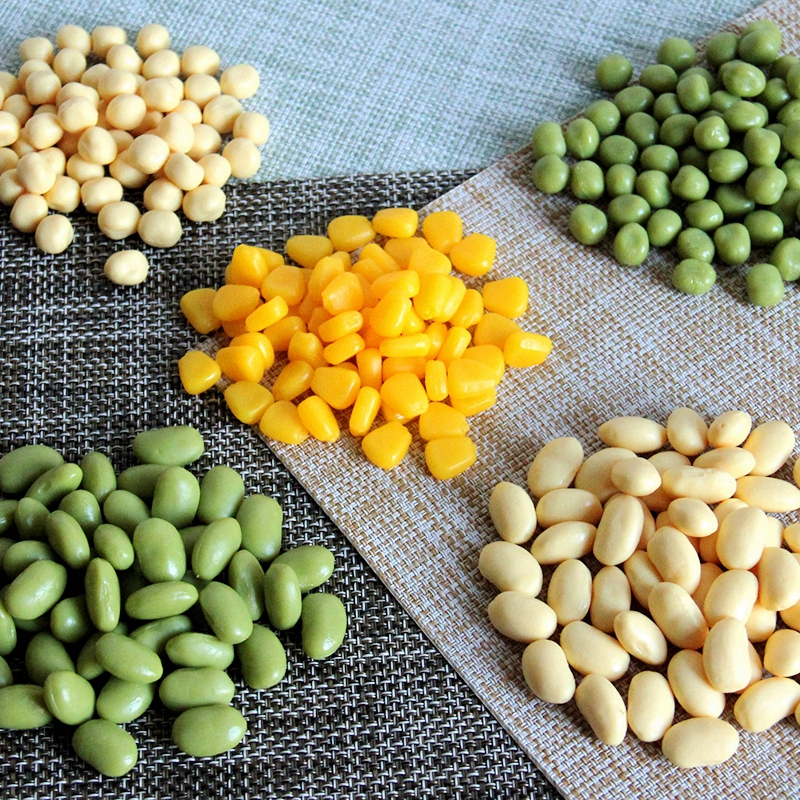 Casein molecules are large. The immature digestive system does not always cope with their splitting. Undigested food accumulates, acidification of the intestine occurs, and as a result, problems with stool and digestion. Casein allergy is diagnosed by a doctor as a result of a blood test.
Casein molecules are large. The immature digestive system does not always cope with their splitting. Undigested food accumulates, acidification of the intestine occurs, and as a result, problems with stool and digestion. Casein allergy is diagnosed by a doctor as a result of a blood test.
It is important to know that before switching to a soy product, you need to make sure that you are not allergic to soy. This is rare, but it does happen. To do this, take a blood test. nine0003
If neither milk nor vegetable formula is suitable for the baby, the pediatrician will recommend hypoallergenic or hydrolyzed products in which proteins are split into their constituent amino acids.
How to administer soy formula
The transition to a new diet should be gradual. Except in cases of acute milk intolerance, when it is better to replace the mixture at once.
Read about the correct seven-day transition scheme in our article. And be sure to follow your pediatrician's recommendations.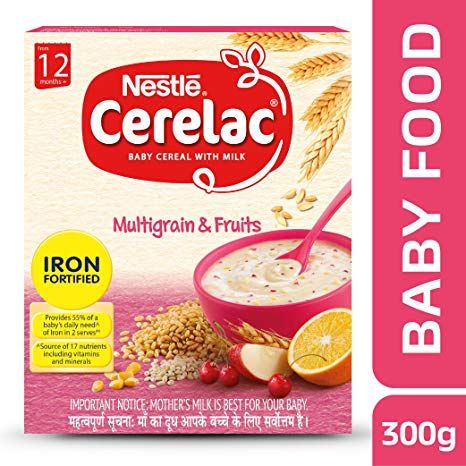 nine0003
nine0003
Myths and truths about soy formula and soy in baby food
About a dozen myths have formed around soybeans. Below, we will look at the main ones and separate the truth from unfounded fears.
Soy blends contain GMOs.
Indeed, there is an idea that all soy that is grown in the world contains GMOs. However, when it comes to children's products, the use of GMOs is out of the question. There is a document of the customs union TR CU 021/2011 “On food safety” for this, which contains a ban on the use of genetically modified foods for the nutrition of children, pregnant and lactating women. The implementation of this standard is controlled by the state. nine0003
For example, Materna Soy is produced under the supervision of the Israeli Ministry of Health and the Chief Rabbinate of the country and does not contain GMOs.
Soybeans contain phytoestrogens, which negatively affect the development of the baby.
They are indeed found in plant-based baby products in quantities that the baby is able to absorb.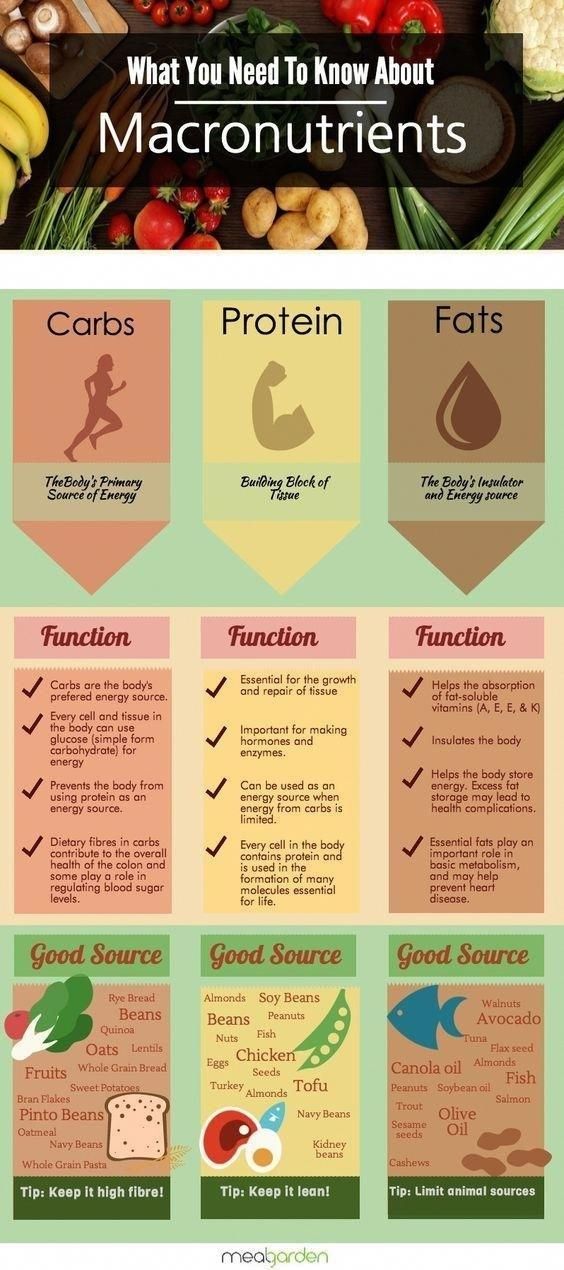 Their positive property is to protect against viral diarrhea. The amount of phytoestrogens is regulated by the norms of the Ministry of Health and does not exceed the maximum allowable level in children's food. nine0003
Their positive property is to protect against viral diarrhea. The amount of phytoestrogens is regulated by the norms of the Ministry of Health and does not exceed the maximum allowable level in children's food. nine0003
Increased aluminum content in soy mixtures
It is enough to read the composition on the package to understand that aluminum is not there and cannot be. Vegetable protein is cleaned of all impurities and added in its pure form.
Vegetable protein does not contain the entire complex of essential amino acids
If we talk about soy protein, it contains all the essential amino acids in an amount only 4% less than animal protein. nine0003
Protein isolate, which is added to baby food, is easily absorbed by the body. An isolate is a form of protein that has been purified from all impurities. In addition, manufacturers monitor the balance of the nutritional composition and add all the components required for healthy development.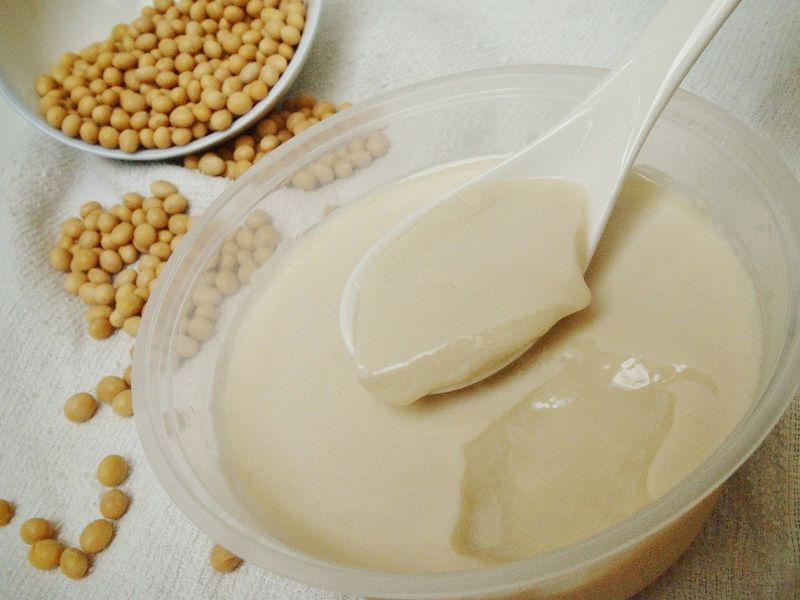
Do not feed soy food for a long time
Pay attention to what manufacturers write on packages and listen to the advice of a pediatrician. Some products are medical nutrition, but there are those that become a full-fledged replacement for milk for the entire period of artificial feeding, such as Materna Soy. nine0003
Herbal mixtures are mixtures based on soy milk.
This is an incorrect statement. Milk is a liquid obtained from water and ground beans of the soybean plant. Only purified protein isolate is added to children's products. And additionally enriched with the necessary components. Therefore, this food is not infant formula with soy milk. It would be more accurate to say - based on soy protein.
Benefits of soy formula for babies
This food is a delicious alternative to hydrolyzed foods. And a real salvation for allergic babies who cannot digest milk. The mixture of soy is sweetish in taste, and the hydrolysates are bitter. It is only important to make sure that you are not allergic to soy. nine0003
It is only important to make sure that you are not allergic to soy. nine0003
Still, it is worthwhile to understand that the best food for healthy babies will be milk baby food if breastfeeding is not possible. It is worth switching to plant foods only if there are medical indications on the recommendation of a doctor.
pros, cons, myths — Timosha
- Soy formulas
Soy protein is the source of carbohydrates in soy baby formulas. Pediatricians usually recommend soy formulas for babies with cow protein allergies, along with goat milk formulas. nine0003
Read our other article about how to properly introduce soy formula into the baby's diet, about the composition and manufacturers. Here we will talk about the advantages and disadvantages of soy blends, as well as give truthful answers to the most common questions about them.
Benefits of soy formulas
In addition to the obvious benefit that we give formulas lack of milk and lactose , we can name the following: .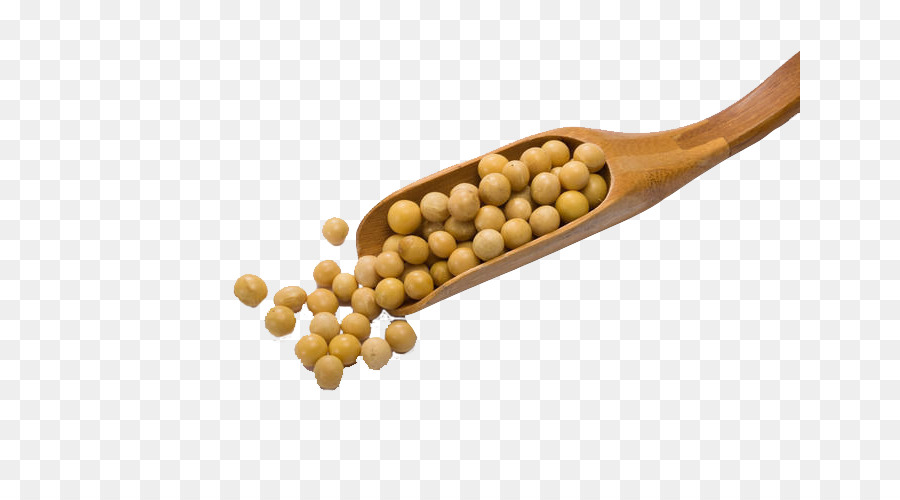 nine0015
nine0015
Cons of mixtures on soy
- Vegetable protein, which is soy protein, although it is not inferior in nutritional value and nutritional value to animal beams, all does not contain all the amino acids necessary for a growing and developing organism . A complete set of them is found only in animal proteins, such as cow's milk protein.
Of course, soy formula manufacturers artificially stabilize the composition of their product by introducing additional amino acids, minerals and vitamins.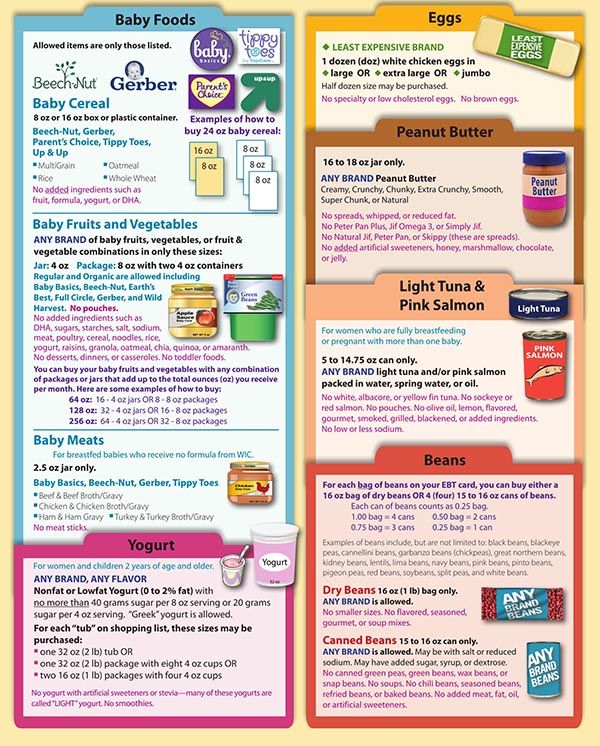 But pediatricians still advise, if possible, to feed the child with mixtures of milk. If the baby is allergic to cow's protein, then you can switch to mixtures with goat's milk. If a child has no symptoms of an allergy to cow or goat protein during feeding with soy formulas, then you can try switching him to milk formulas and see if the allergy reappears. nine0003
But pediatricians still advise, if possible, to feed the child with mixtures of milk. If the baby is allergic to cow's protein, then you can switch to mixtures with goat's milk. If a child has no symptoms of an allergy to cow or goat protein during feeding with soy formulas, then you can try switching him to milk formulas and see if the allergy reappears. nine0003
- Soy protein can also cause an allergic reaction in an infant.
- Soy protein digestibility is much lower than cow or goat protein. Therefore, the composition of nutrition on soy contains one and a half times more protein than in milk mixtures. The special composition of the soy mixture impairs the absorption of microelements by the body - iron, phosphorus, copper, calcium and zinc, so their content is also increased in such mixtures.
- Soy formulas for babies have high manganese content , which can affect the development of hyperactivity in a child, this can be a negative factor.

- Although soy formulas do not contain lactose, they contain other monosaccharides - glucose, fructose, sucrose. They can adversely affect the child's body, cause fermentation in the intestines, colic and gases.
- soy formulas do not contain prebiotics and probiotics that have a positive effect on the infant's intestinal microflora.
- Soy baby food line is not as diverse as milk formula line. There is no distinction by age, for example - "soy formula from birth to six months" or "soy formula after a year." All soy mixtures are simply recommended for children from birth to one year old, as they contain approximately the same list and proportions of vitamins, elements and nutrients.
The lie about soy formula
Every mother wants the best for her little one. And if it was about starting to feed him soy formula, she would try to find out everything about it. There are several popular myths about soy formula that stop meticulous moms from buying this kind of formula.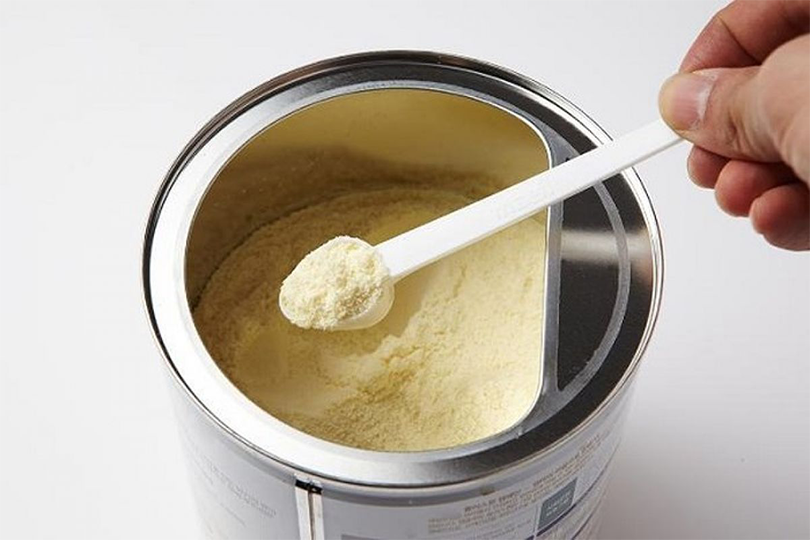 So what is true and what is not? nine0003
So what is true and what is not? nine0003
Soy blends contain GMOs.
The word "soy" in the minds of Russian consumers is strongly associated with unnaturalness and various additives. Of course, soy, which is contained in baby food, is completely natural and contains only useful components . Legislation and quality standards for baby food in Russia do not allow the slightest amount of any genetically modified additives in the mixture.
Soy mixtures contain phytoesterogens that adversely affect the development of an infant. nine0036
The same quality standards limit the amount of ingredients that can be contained in baby food. This also applies to figoesterogens. Yes, they are contained in soy mixtures, but in the same amount that is necessary for their normal absorption by the baby's body. Phytoesterogens do not accumulate in the blood of an infant and do not have any effect on its development.
World medical corporations specializing in infant development have even conducted studies to find out if a child's diet somehow affects his development and health.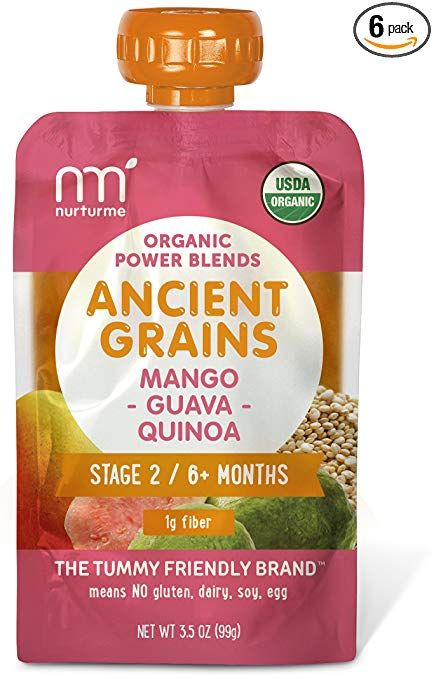

 These infants may exhibit symptoms such as “colic”, projectile vomiting after each bottle and/or an overall unwell and physical and emotional appearance. For these infants, the first alternative formula that most pediatricians prescribe is a soy based infant formula. Most infants who are put on a soy formula are able to tolerate the formula without any negative side-effects.
These infants may exhibit symptoms such as “colic”, projectile vomiting after each bottle and/or an overall unwell and physical and emotional appearance. For these infants, the first alternative formula that most pediatricians prescribe is a soy based infant formula. Most infants who are put on a soy formula are able to tolerate the formula without any negative side-effects.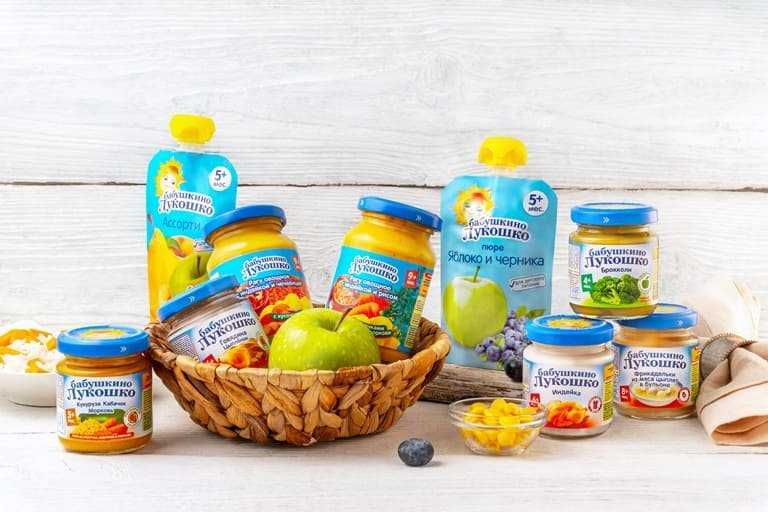 Edamame “is a green vegetable more commonly known as a soybean, harvested at the peak of ripening right before it reaches the “hardening” time. The word Edamame means “Beans on Branches,” and it grows in clusters on bushy branches.” (edamame.com)
Edamame “is a green vegetable more commonly known as a soybean, harvested at the peak of ripening right before it reaches the “hardening” time. The word Edamame means “Beans on Branches,” and it grows in clusters on bushy branches.” (edamame.com)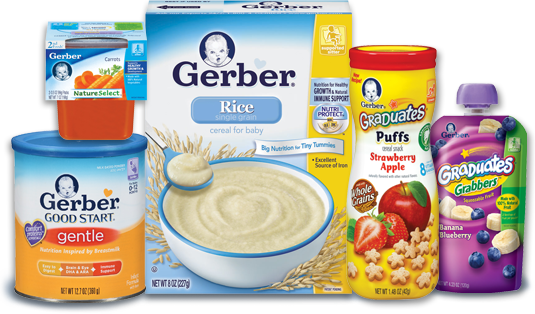 If a Mom is breastfeeding and eating soy products, Mom may also want to cut soy out of her diet for 3 weeks to help further determine if the suspect is indeed soy.
If a Mom is breastfeeding and eating soy products, Mom may also want to cut soy out of her diet for 3 weeks to help further determine if the suspect is indeed soy.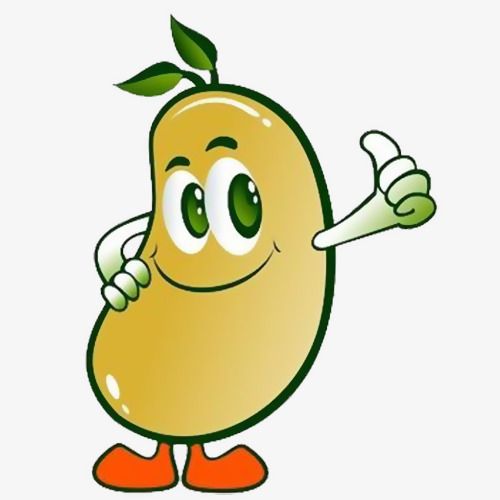 Ask if they use soy as a carrier protein for the natural flavoring.
Ask if they use soy as a carrier protein for the natural flavoring.







